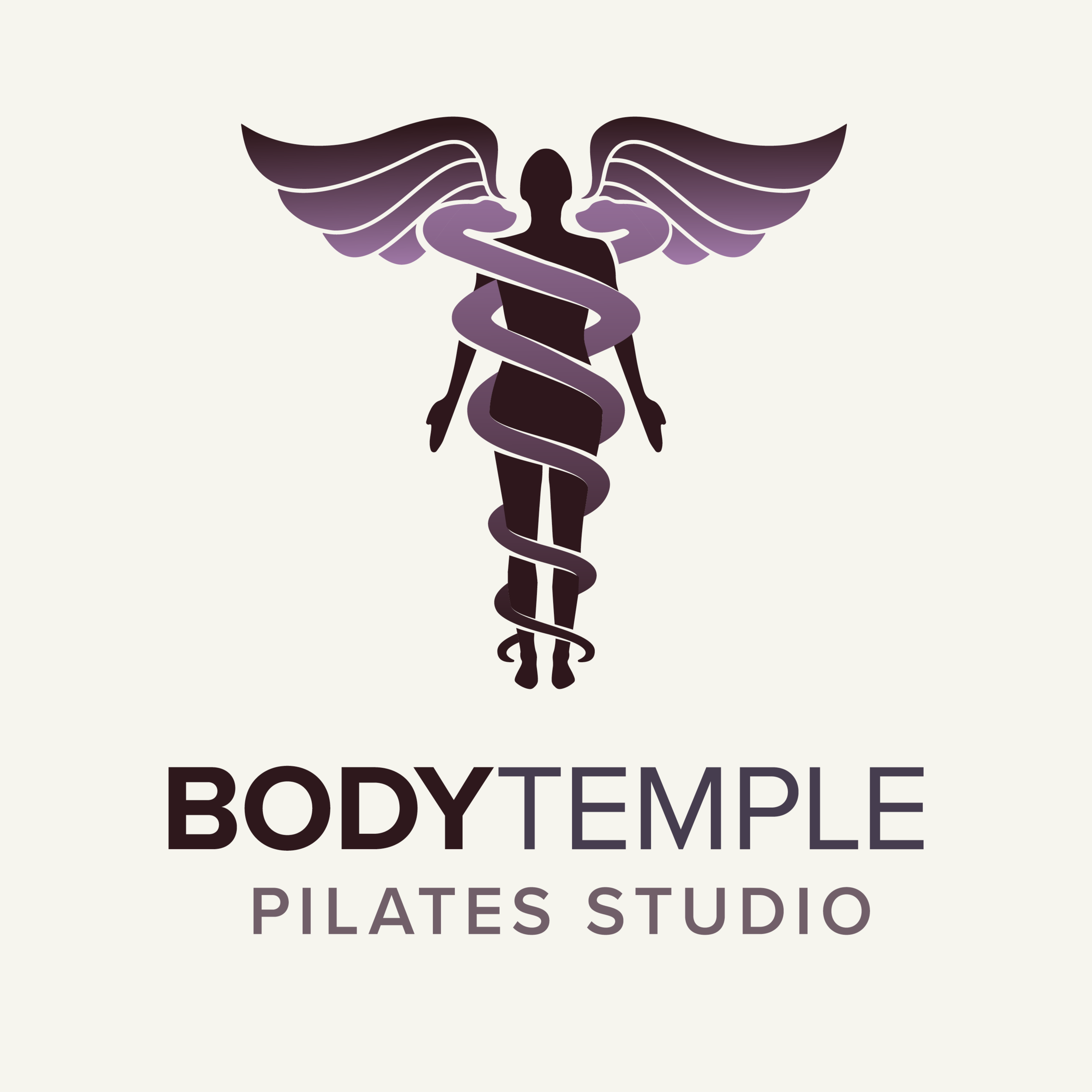The Pelvic Floor: 3 Exercises To Alleviate Back Pain
Low back pain. Is there anyone who doesn't have it? Between all the sitting and driving we do, it's no wonder our low backs are suffering. But, you may be surprised to learn that even the most active among us deal with it regularly, too. This is because moving the spine in only one direction causes it to shift in order to stay vertical, and most exercise has the body only moving forward.
Pilates is different. It's one of the only forms of movement that addresses all 5 planes of motion. This will help you create movement patterns that engage all of the muscle groups, large and small, and will reduce the extra work a specific area of the body, like the low back, is currently being forced to do.
Because many people are living in a constant, lordotic state (the pelvis is tipped forward), the strain on the low back and hips increases over time. Meanwhile, supporting muscles begin to weaken, and now you have the compounding effect of bracing and tightening into the low back to support an unstable spine.
Symptoms of poor posture leading to low back pain include:
hips thrust forward
rib cage thrust forward
shoulders rounded
tailbone juts outward
How do I fix this?
Luckily, it's usually a pretty easy problem to address.
A weak low back actually starts with a weak pelvic floor. This is because our pelvic floor provides the muscular foundation of support in the lower body. By strengthening the pelvic floor, you create a more stable or “neutral” pelvis. This aligns the pubic and pelvic bone. When this occurs, you will be able to strengthen your lower abdominal muscles, correct your posture, and alleviate lower back pain.
We've provided 3 exercises below, with detailed instructions and accompanying videos to get you started on the road to feeling better, today.
Take your time, remember to breathe, and send us an email if you have any questions.
First, you need to unwind poor posture. This is as simple as bringing your legs to table top position and keeping legs in 90 degree angle. Without moving the pelvis, allow one bent leg to float down toward the floor to your ability (it may not reach the floor) and use the lower abdominals to bring the leg back to 90 degrees. Progress to both legs if you can lower and lift them without your pelvis moving. If your low back arches, you are not ready to progress. Keep legs tight together- do not allow them to float apart.
A supple spine will be more flexible allowing for greater mobility and less pain. Spinal articulation is how you achieve this. Lie down on your back, feet hip distance apart, stabilize pelvis (pelvic bone and tailbone align- you will feel a small space between your low back and the floor, and your lower abdominals are pulled in, ribcage is not jutting out). Arms out from collar bone in a T, palms down. Lift the tailbone up (imprint low back so no more space), low belly will activate, kneecaps go forward, press into the full foot, not just the heels or outer edges. Curl up and lift slowly all the way up the spine. Hamstrings will activate. Keep hips lifted as you slowly lower back down, vertebrae by vertebrae until you return to original position.
Spinal extension will organize the belly, bringing strength into the front of the body, which allows the low back to stop doing all the work. To do this, lie down on your floor on the belly, bring arms to the side of the body like a W. Pull abdominals into the spine, but don’t overdo it. Keep palms on the floor, pull shoulders down the back, and lift slowly. Keep elbows on the floor until you can extend without the low belly dropping. If you feel pressure in the low back, your abdominals are not quite strong enough to extend further. Otherwise, continue to press into the palms of the hands until the arms straighten, the belly is pulled in, and shoulders remain down.
